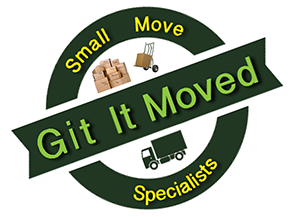When new home owners move into a house, they have the pleasure of unwrapping their contents or newly delivered furniture out of the box, to make a house feel like their home. The cardboard boxes are then usually stored for future uses or alternatively flattened before recycling. The latter being the best habit to prevent an overflow of cardboard boxes. Every home is guilty of storing cardboard boxes either in the house, attic, closets, shed or garage.
Enthusiastic online sellers will always need boxes to sell goods on and to minimize packaging costs as much as possible. Having the right size of packaging available for this trade can reduce any damages caused to items during transit. Buying brand new cardboard boxes can be expensive for sellers and movers. Many military and armed force professionals require boxes during relocation; similarly students relocating from one town to another will find the use of a cardboard box useful to transport many goods.
Plastic containers are durable and costly, whereas cardboard boxes are free, with many practical uses, such as storing seasonal items, essentially Christmas, Halloween, Easter and Birthdays. Although they are easy to flat pack and store, many individuals are still naive and unaware of the actual dangers of storing these innocent looking brown boxes. Storing large amounts of cardboard boxes together, especially in a small confined space, is a significant fire risk. Removing this potential hazard is important to protect the safety and well being of all residents of your property.
Another risk of keeping cardboard boxes, is that it attracts insects near your property. Many insects thrive on eating the glue used in binding packaging together. Spiders are well known to make habitats in dry, dark hiding places, such as cardboard boxes, that are effectively made of wood.




